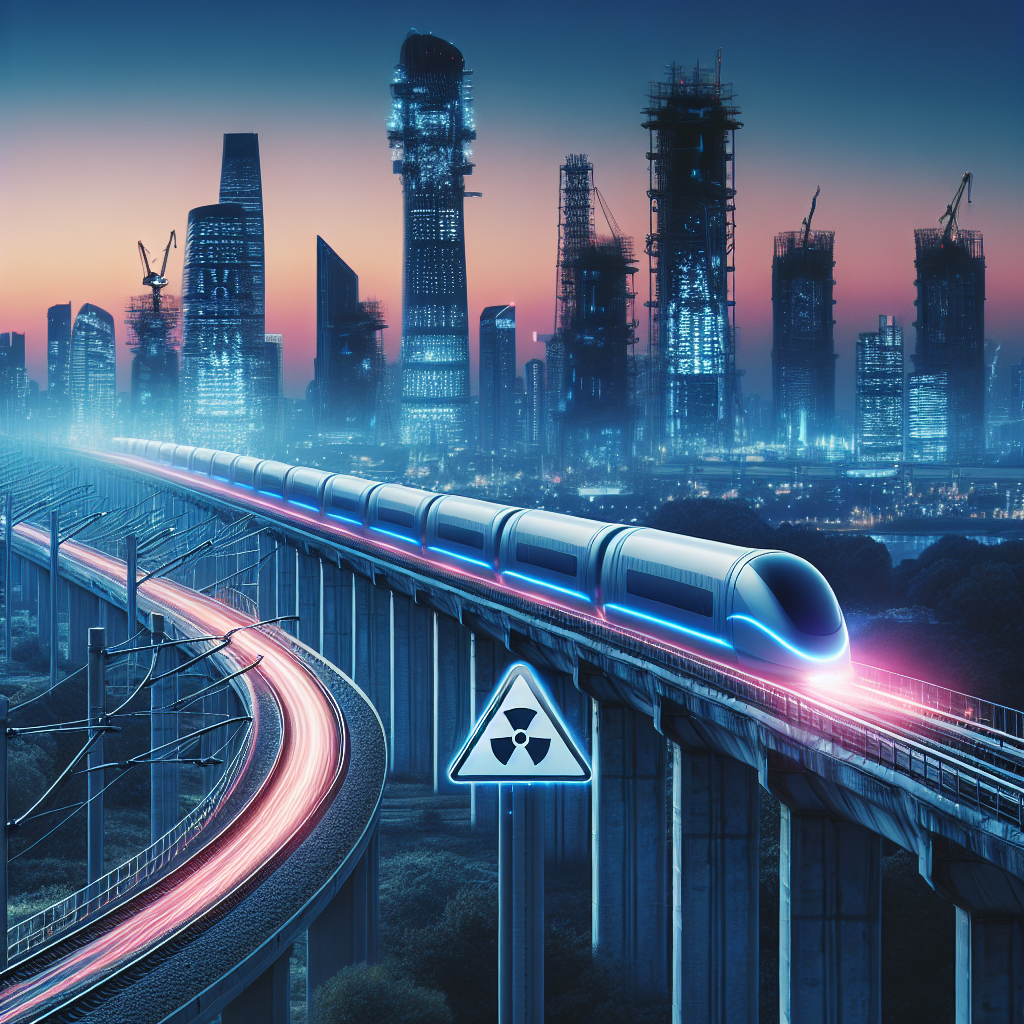Artificial Intelligence (AI) has been revolutionizing various industries, and transportation is no exception. From self-driving cars to traffic management systems, AI is playing a crucial role in transforming the way we move from one place to another. However, with the benefits of AI in transportation come risks and challenges that need to be addressed to ensure the safety and security of passengers and pedestrians. In this article, we will examine the risks associated with AI in transportation and explore ways to mitigate them.
Risks of AI in Transportation
1. Safety Concerns: One of the biggest risks of AI in transportation is safety. While self-driving cars have the potential to reduce accidents caused by human error, there have been instances of accidents involving autonomous vehicles. For example, in 2018, a pedestrian was killed by a self-driving Uber vehicle in Arizona. This incident raised questions about the safety of autonomous vehicles and the ability of AI systems to make split-second decisions in unpredictable situations.
To address safety concerns, companies developing autonomous vehicles need to ensure that their AI systems are robust and reliable. They need to conduct thorough testing and validation to identify and fix any potential vulnerabilities in the system. Additionally, regulators need to establish clear guidelines and standards for the deployment of self-driving cars to ensure the safety of passengers and pedestrians.
2. Cybersecurity Risks: Another risk of AI in transportation is cybersecurity. As vehicles become more connected and autonomous, they become vulnerable to cyber attacks. Hackers could potentially take control of autonomous vehicles, causing accidents or disrupting traffic flow. In 2015, researchers demonstrated how they could remotely hack into a Jeep Cherokee and take control of its steering, brakes, and transmission.
To mitigate cybersecurity risks, companies need to implement robust security measures to protect their AI systems from cyber attacks. This includes encrypting data, implementing secure communication protocols, and regularly updating software to patch vulnerabilities. Additionally, regulators need to establish cybersecurity standards for autonomous vehicles to ensure that they are secure and resilient to cyber attacks.
3. Ethical Concerns: AI systems in transportation are programmed to make decisions based on algorithms and data. However, these decisions may raise ethical concerns, especially in situations where human lives are at stake. For example, in the event of an unavoidable accident, should an autonomous vehicle prioritize the safety of the passengers or pedestrians? This dilemma, known as the “trolley problem,” raises questions about the morality of AI systems and the values they are programmed to prioritize.
To address ethical concerns, companies developing AI systems need to establish clear guidelines and principles for ethical decision-making. They need to ensure that their AI systems prioritize safety and fairness while respecting ethical norms and values. Additionally, regulators need to establish ethical standards for AI systems in transportation to ensure that they align with societal values and principles.
4. Job Displacement: AI in transportation has the potential to disrupt the workforce, leading to job displacement. As autonomous vehicles become more prevalent, traditional roles such as taxi drivers, truck drivers, and delivery drivers may become obsolete. This could lead to unemployment and economic hardship for workers who rely on these jobs for their livelihood.
To address job displacement, companies and policymakers need to develop strategies to retrain and reskill workers for new roles in the AI-driven transportation industry. This includes investing in education and training programs to equip workers with the skills needed for emerging roles in AI and technology. Additionally, policymakers need to establish social safety nets and support systems to help workers transition to new careers and industries.
FAQs
Q: What are the benefits of AI in transportation?
A: AI in transportation offers several benefits, including improved safety, efficiency, and convenience. Self-driving cars have the potential to reduce accidents caused by human error, while traffic management systems can optimize traffic flow and reduce congestion. Additionally, AI systems can enhance the passenger experience by providing personalized services and recommendations.
Q: How can AI improve traffic management?
A: AI can improve traffic management by analyzing real-time data from sensors and cameras to optimize traffic flow and reduce congestion. AI systems can predict traffic patterns, detect accidents and road closures, and adjust traffic signals to minimize delays. Additionally, AI can provide personalized route recommendations to help drivers avoid traffic bottlenecks and reach their destinations faster.
Q: What are the challenges of AI in transportation?
A: The challenges of AI in transportation include safety concerns, cybersecurity risks, ethical dilemmas, and job displacement. Companies developing AI systems need to address these challenges to ensure the safety and security of passengers and pedestrians. Additionally, regulators need to establish clear guidelines and standards for the deployment of AI in transportation to mitigate risks and ensure ethical and responsible use of AI systems.
In conclusion, AI has the potential to revolutionize the transportation industry by improving safety, efficiency, and convenience. However, the risks and challenges associated with AI in transportation need to be addressed to ensure the responsible deployment of AI systems. Companies developing AI systems need to prioritize safety, cybersecurity, and ethical considerations to build trust and confidence in autonomous vehicles and traffic management systems. Additionally, policymakers need to establish clear guidelines and standards for the deployment of AI in transportation to ensure the safety and security of passengers and pedestrians. By addressing these risks and challenges, AI in transportation can unlock its full potential to transform the way we move from one place to another.

